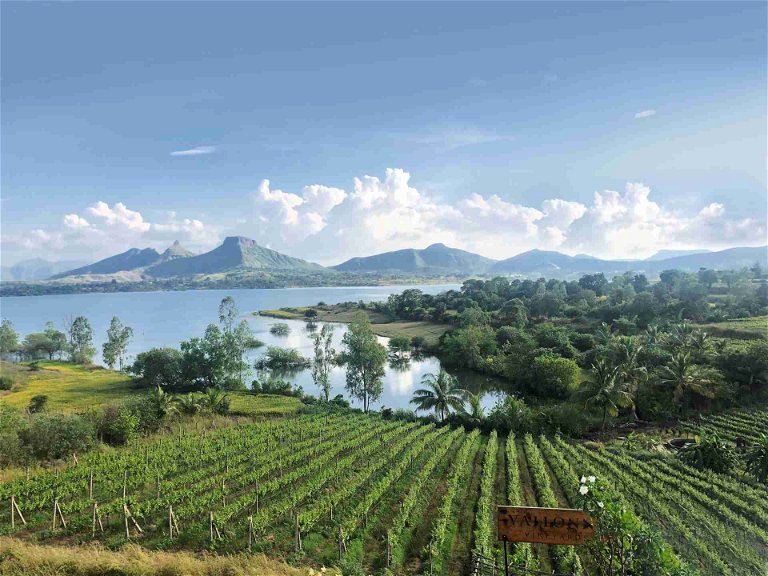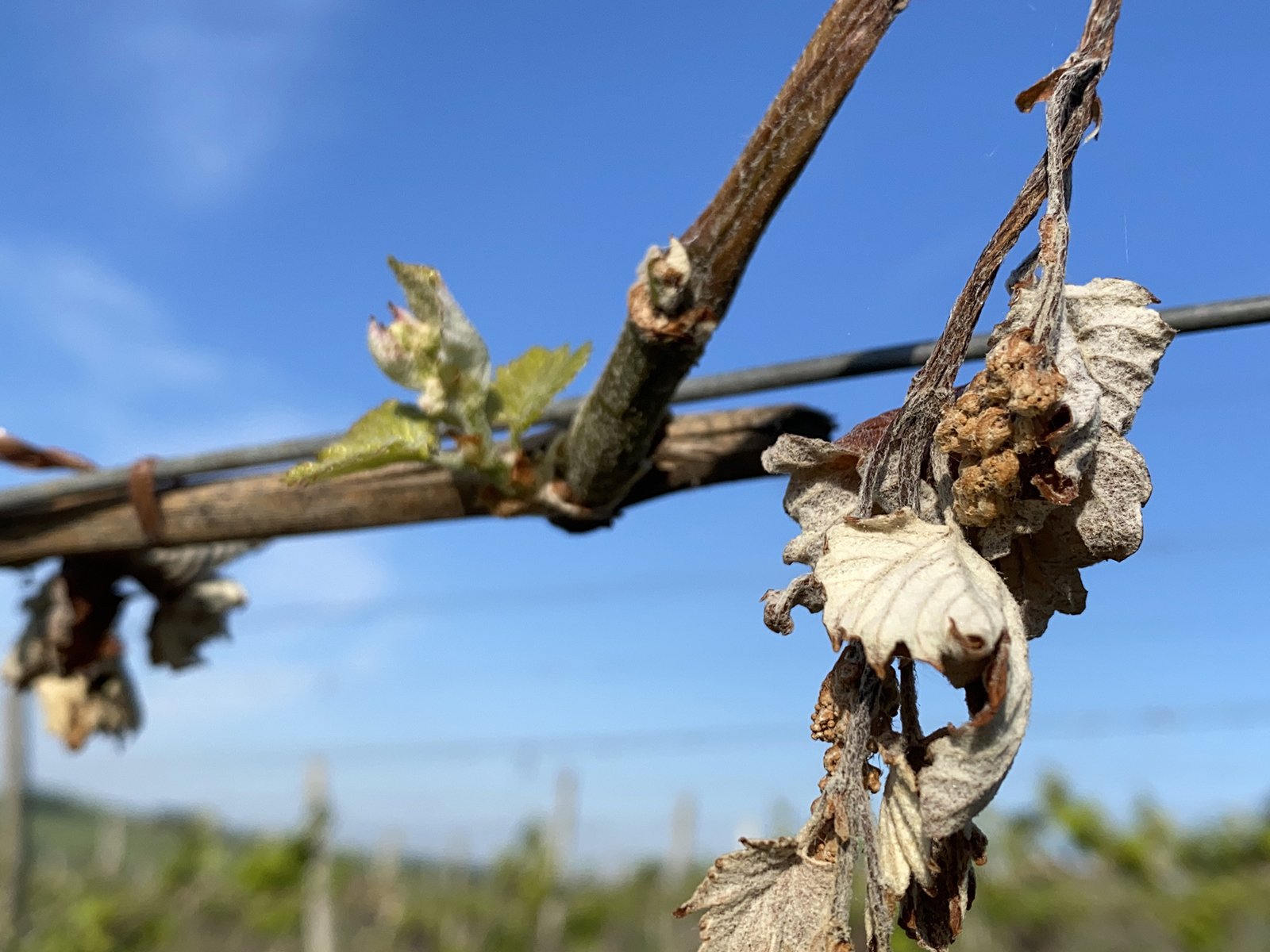Wines from the Indian Subcontinent: The Nashik Valley in Maharashtra
The vine is a most adaptable plant – and thrives even in the subtropical heat of the Indian subcontinent.
There was a time when the accepted wisdom was that the European grapevine, Vitis vinifera, thrived in the temperate zones between the 30th and 50th degree of latitude in the northern and southern hemispheres. It was also clear that there were many as of yet uncharted wine regions within that band – as the new growing regions in China show.
But vines also thrive beyond these latitudes – both north and south. One of the most surprising locations, due to its tropical climate, is on the Indian subcontinent: the Nashik Valley in the state of Maharashtra.
The Nashik Valley in Maharashtra
India’s first and only Master of Wine, Sonal Holland, explains that India’s contemporary wine industry did not really get going until the turn of the millennium. While wine is produced in several Indian states, the most notable is Maharashtra which accounts for two thirds of Indian wine production. About 3.5 hours’ drive northeast from Mumbai, Maharashtra’s wine industry is concentrated in the Nashik Valley, along the Godavari River. The area has a history of growing table grapes, so it was predisposed to becoming India’s foremost wine region. Holland says: “We are scarily close to the equator, at 20 degrees of latitude. It is a tropical climate moderated by altitude.”
Altitude and a February Harvest
The altitude of around 550-600m above sea level is provided by the Deccan Plateau while the Trimbakeshwar Range in the Western Ghats of Maharashtra protects the area from northerly winds. “The vines see no dormancy and have two cycles of vegetative growth,” Holland says. The grapes that ripen in September and October are cut off and discarded, only the harvest that follows the cooler, dryer winter months is being used – so despite being in the northern hemisphere, the Nashik harvest starts in February.
Stylistic Diversity and Investment
Holland notes that all styles of wines are made: oaked and unoaked reds, rosés, whites, late-harvest styles and sparkling wines. The varieties grown are the usual international suspects: Cabernet Sauvignon, Shiraz, Sauvignon Blanc and Chardonnay – but Holland is keen to emphasize that Tempranillo, Sangiovese and Grillo are also grown. “We are a work in progress in terms of winemaking. But there has been significant investment that leads to better and more sound quality of wine,” she says. “Wine is very fashionable, the fastest-growing beverage category in India today, showing double-digit growth over the past decade.”
Market Challenge
While India represents a huge, still largely untapped market, it comes with vast challenges. Holland describes the contradictory nature of the situation: “On one hand, we are a nation of over a billion people, over half of which are of legal drinking age. We boast of the youngest demographic in the world that is eager to experiment with all kinds of alcoholic beverages. On the other, India’s alco-beverage industry is shackled by cripplingly high taxes and a dense regulatory system of antiquated laws. Somewhere in between this lies a significant opportunity for the Indian wine industry.”
It may take some time before much Indian wine is exported, some wines are already available in the UK and in some other countries, too, but Falstaff sampled a small selection of wines from the Nashik Valley.
Read the tasting notes here:
Charosa Vineyards Sauvignon Blanc 2019
Vallonné Vineyards Anokhee Chenin Blanc 2018
York Winery H Block Chardonnay 2018
Good Drop Wine Cellars Good Earth Antaraa Cabernet Shiraz Blend 2019


